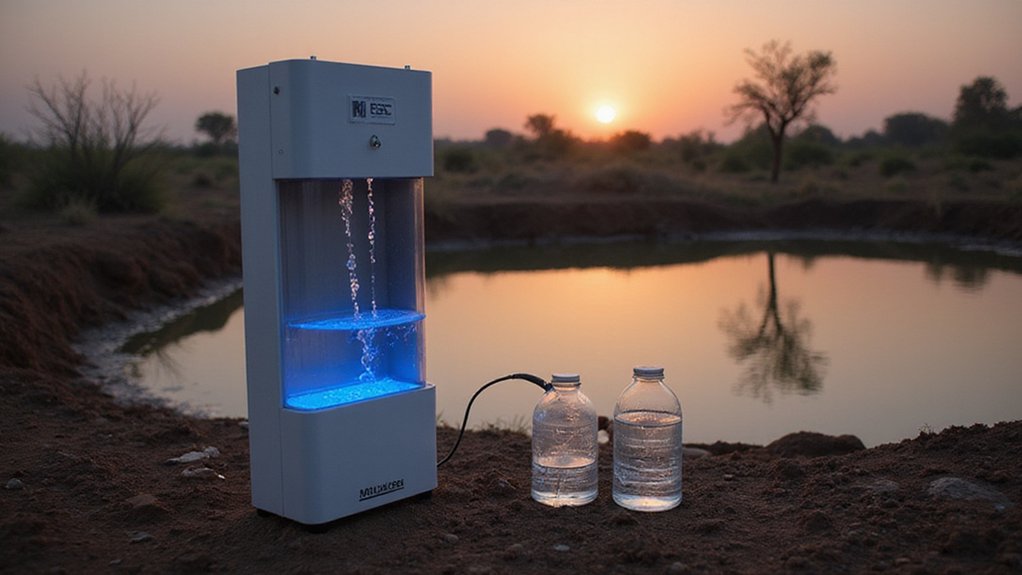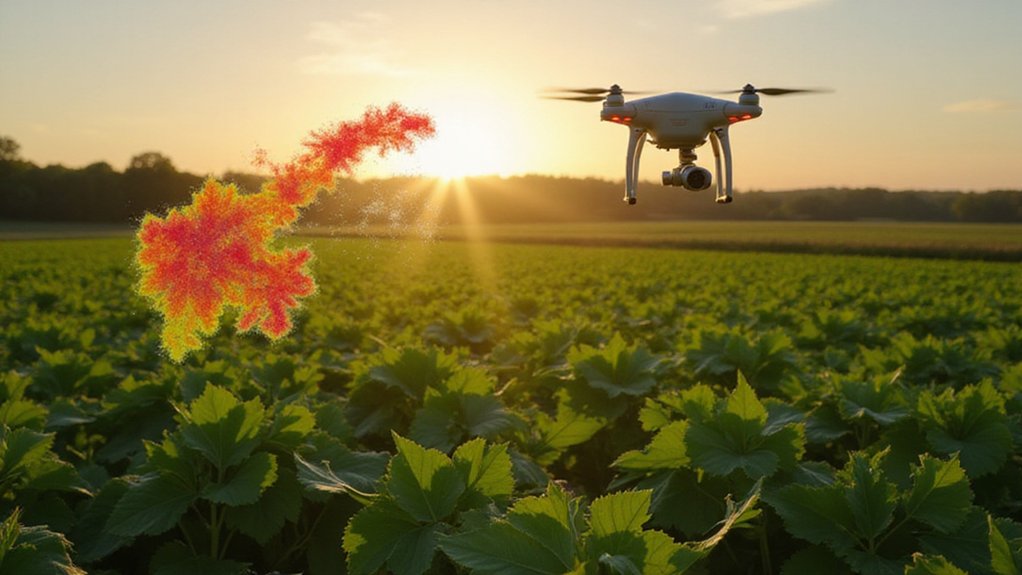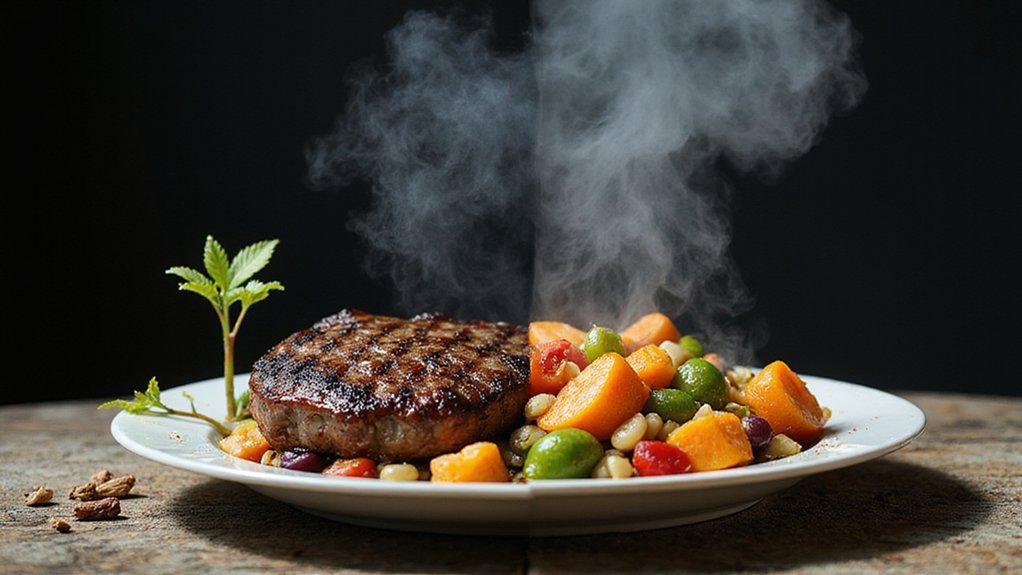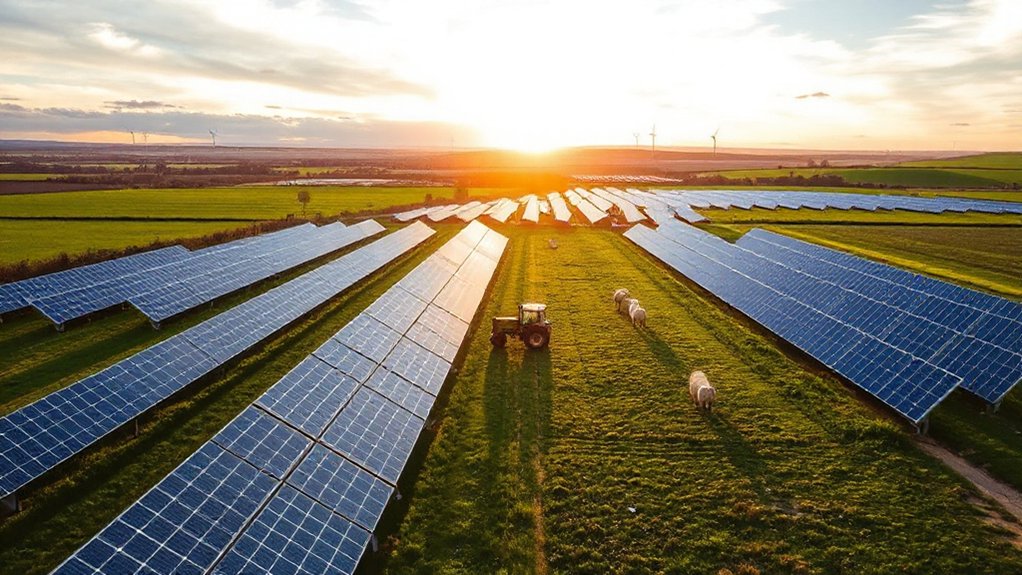How can a simple ray of sunshine turn contaminated water into a safe, drinkable resource? Scientists have developed remarkable solar purification systems that do exactly that, and the latest breakthrough can even work after sunset.
The new solar absorber gel technology represents a major advance in water purification. This innovative material can filter out harmful pollutants including heavy metals, oils, microplastics, and dangerous bacteria. What makes this technology special is its efficiency – just one square meter of the advanced gel can produce over a gallon of clean water in about 10 minutes. The system begins when solar panels convert sunlight into the energy needed to power the entire purification process.
“Next-generation gels work four times faster than earlier versions,” explains a researcher involved with the project. These systems don’t require electricity from the power grid, making them perfect for remote communities and emergency situations where power isn’t available.
Innovative purification gels deliver clean water without electricity, ideal for communities far from power infrastructure.
The World Health Organization has recommended solar water disinfection (SODIS) methods, which are already helping people in developing countries. These methods use ultraviolet light and heat from the sun to kill harmful microorganisms in water. When temperatures reach between 70-100°C, the heat effectively pasteurizes water by destroying pathogens.
Unlike traditional water purification methods that burn fossil fuels, solar purifiers produce no greenhouse gases. They’re environmentally friendly and sustainable, helping communities reduce their carbon footprint while gaining access to clean water. Similar to geothermal energy systems, these purifiers provide a renewable energy solution with minimal environmental impact. Once installed, they also have lower operating costs than conventional systems.
The newest models can store solar energy during daylight hours and continue purifying water even after dark. This solves a key limitation of earlier solar-only systems. A 1 cm-thick piece of gel measuring one square meter can meet the daily clean water needs for many locations.
These systems aren’t just for emergencies. They’re increasingly being used in homes, schools, and businesses worldwide. Simple instructions are available in multiple languages, making the technology accessible to users regardless of technical background.
While the purifiers handle biological contamination effectively, some chemical pollutants may require additional treatment steps. The gel material made of poly(N-isopropylacrylamide) absorbs water below 33°C and releases it when heated above this temperature.
References
- https://arka360.com/ros/solar-powered-water-treatment-transforming-communities/
- https://engineering.princeton.edu/news/2023/02/08/solar-powered-gel-filters-enough-clean-water-meet-daily-needs
- http://aim2flourish.com/innovations/water-purification-with-solar-energy
- https://en.wikipedia.org/wiki/Solar_water_disinfection
- https://www.havells-sylvania.com/water-management-conservation/solar-powered-water-purification-clean-water-without-the-power-bill/








